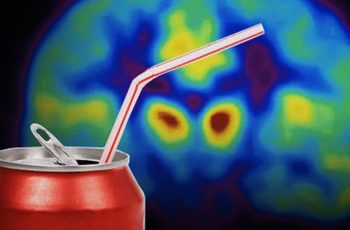Those affected by diabetes are required to closely monitor their blood sugar levels — a task that can be both time consuming and inconvenient.
But, a new innovative biosensing tattoo may just take some of the stress out of coping with the disease without the use of needles or external devices.
The tattoo ink, created by a team of Ivy League researchers from Harvard and MIT, is biosensing and changes colour when there are changes in blood sugar levels.
The ink — currently still in the proof-of-concept stage and not available to the general public — is called DermalAbyss and tracks pH levels and sodium/glucose concentrations within the bloodstream.
If there is too much glucose in the blood, the ink becomes brown. If there is too much sodium, the color morphs to a light green (under UV light, at least). Purples and pinks indicate a changing pH level.
“The DermalAbyss ink presents a novel approach to biointerfaces in which the body’s surface is rendered as an interactive display,” the team explain in a promotional video.
To be fair, the dynamic ink isn’t directly hooked up to your bloodstream — but it’s actually monitoring your interstitial fluid, a substance that surrounds the tissue cells of animals. Water, ions and small solutes – including salts, sugars, fatty and amino acids and hormones – are constantly making their way through this fluid across the walls of your capillaries.
While the ink has only been tested on pig skin at present — researchers don’t doubt its effectiveness and anticipate trials on humans to get underway in the near term.
Time will tell if the DermalAbyss ink will catch on as an alternative method for monitoring blood sugar levels, though this innovation in medicine is fascinating nevertheless.
Researchers also point out that the tattoo wearer can select their preferred design — much like a conventional tattoo — making the process much more pleasant for the wearer.
“We envision new participation between the biotech companies and skin professionals…in order to embrace the idea of human device symbiosis,” they conclude.




